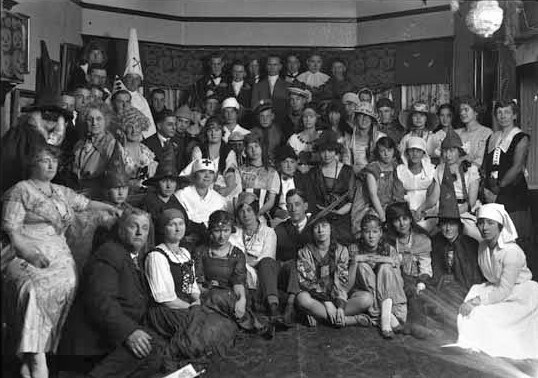Halloween has long been a popular time of the year in Canada.
These days it's full of skulls, spiders and sugar; each year Canadians shell out well over a billion dollars on spooky gear.
Halloween got its start as an ancient Celtic autumn festival called Samhain (pronounced SAH-win). In the early modern ages (1500s) it had turned into All Saints' Day on Nov. 1. The celebrations before All Saints Day, on All Hallows' Eve, carried many of the ancient traditions still, and that's what Halloween grew out of.
When Irish and Scottish immigrants came to Canada in the 1800s they brought the traditions, largely a children's event at this time. Modern Halloween formed in the late 1800s and early 1900s. In Vancouver, that means costumes and kids parties have been a part of Oct. 31 for decades.
While specifics have changed and trends have come and gone, the general idea has been around for much of the city's history, as these photos from the city's archives show. In 1938 the province's Lieutenant Governor, Eric Hamber (a Vancouver businessman who made his name in lumber), even held a party for kids.
Many of the costumes appear to be the traditional characters one might expect with Halloween, like witches, clowns, and artists. At the same time, some problematic costumes appear in some photos from these eras. For example, Hamber's wife, Aldyen, is standing next to a child dressed as a 'lovable hobo.' It was a popular trope at the time, seen on film and in comic strips, but it wouldn't be considered today, for obvious reasons.
For all of these costumes, a great deal of effort would have been needed, as commercialized, mass-produced pieces wouldn't have been as common. Plastic masks and accessories wouldn't have been as easy to come by, so making what was needed by hand was more common.




